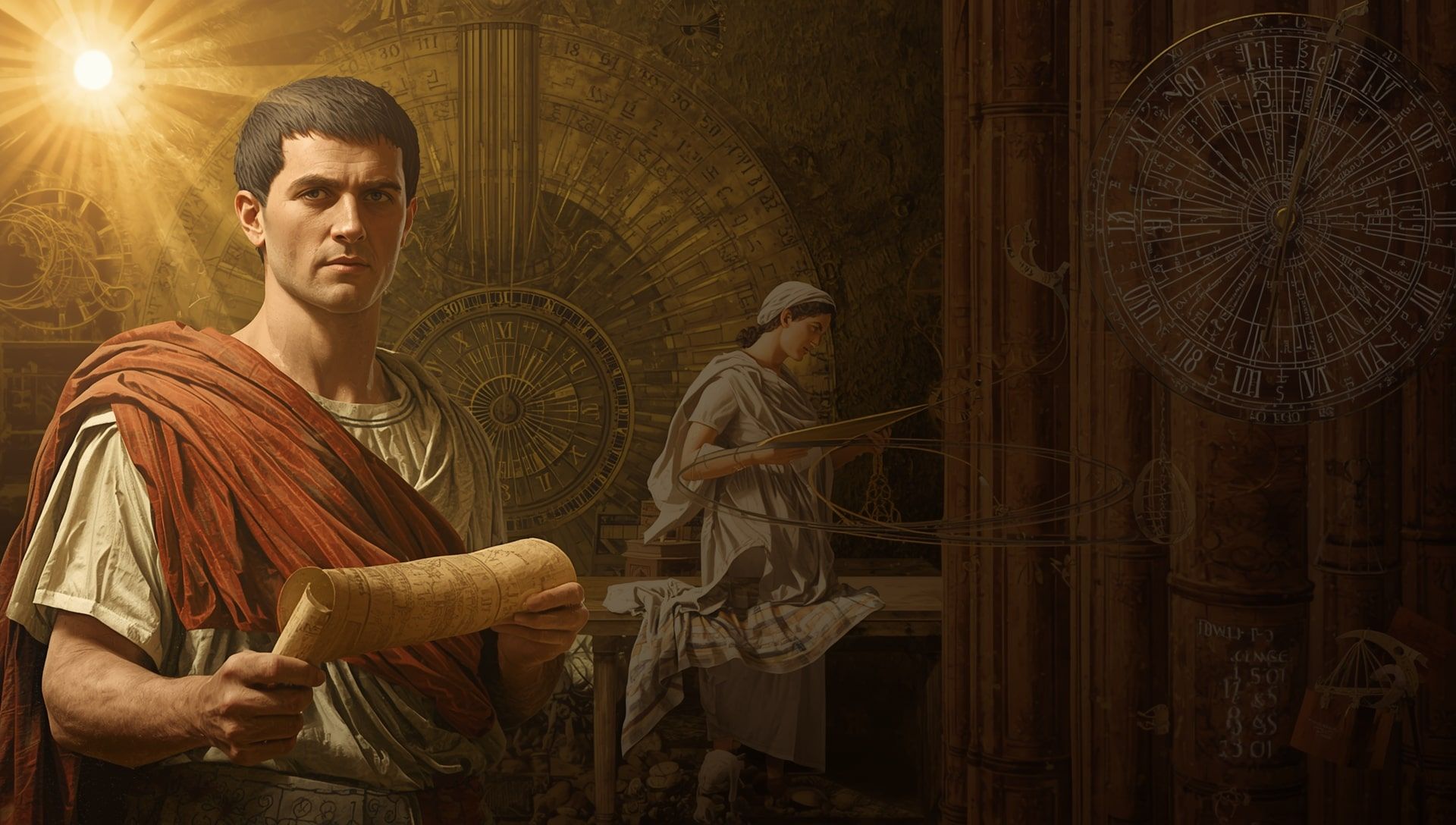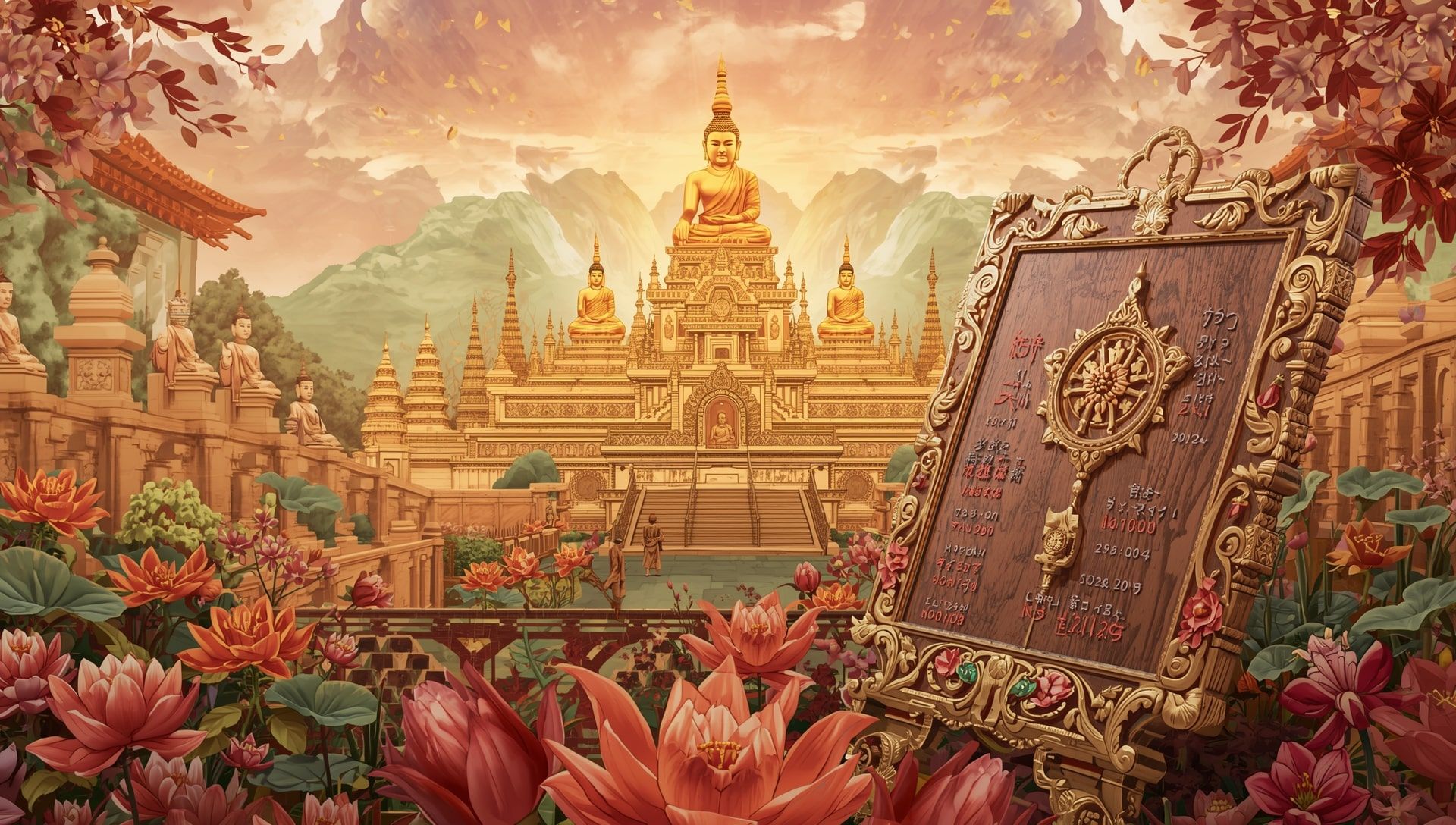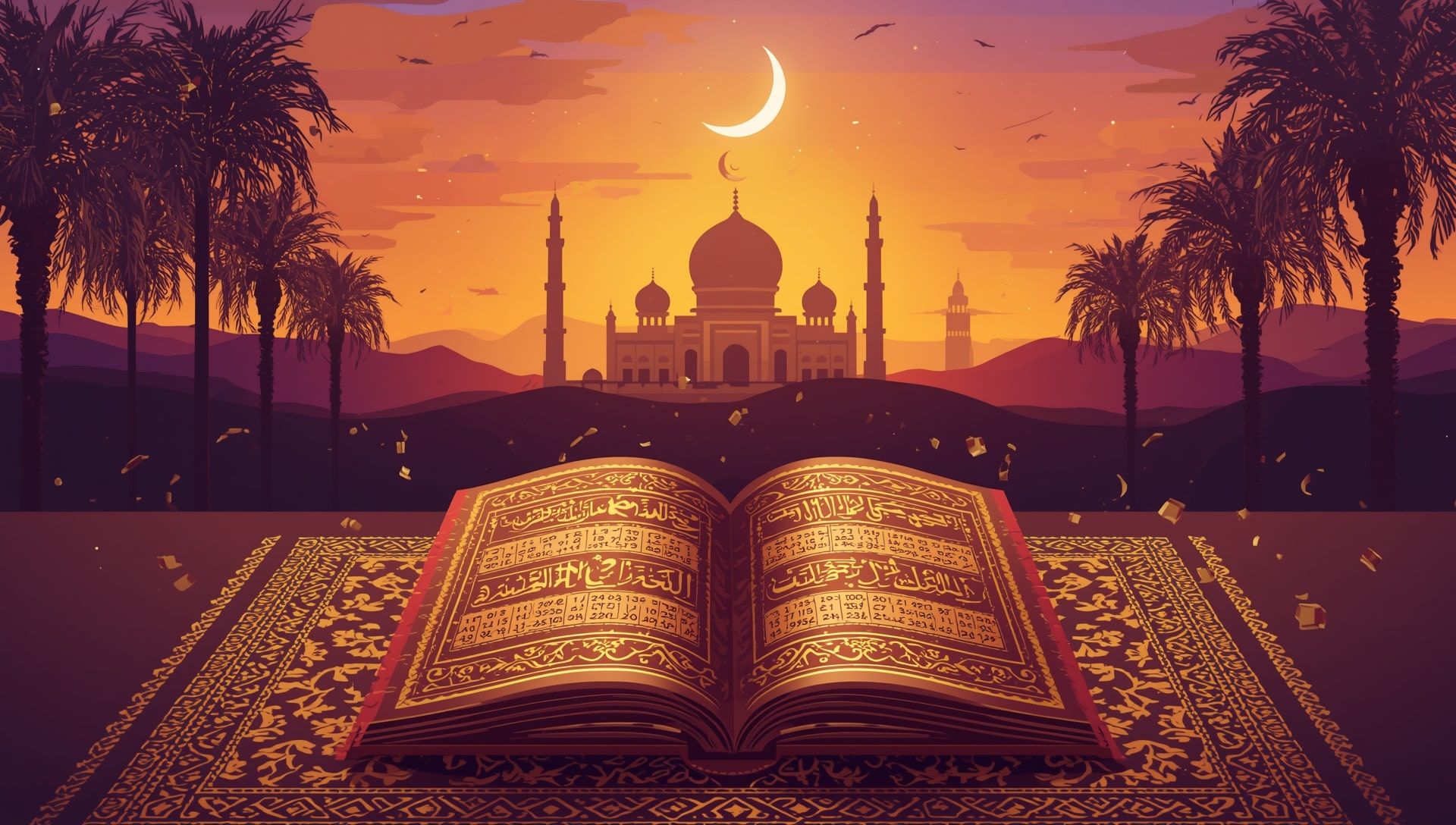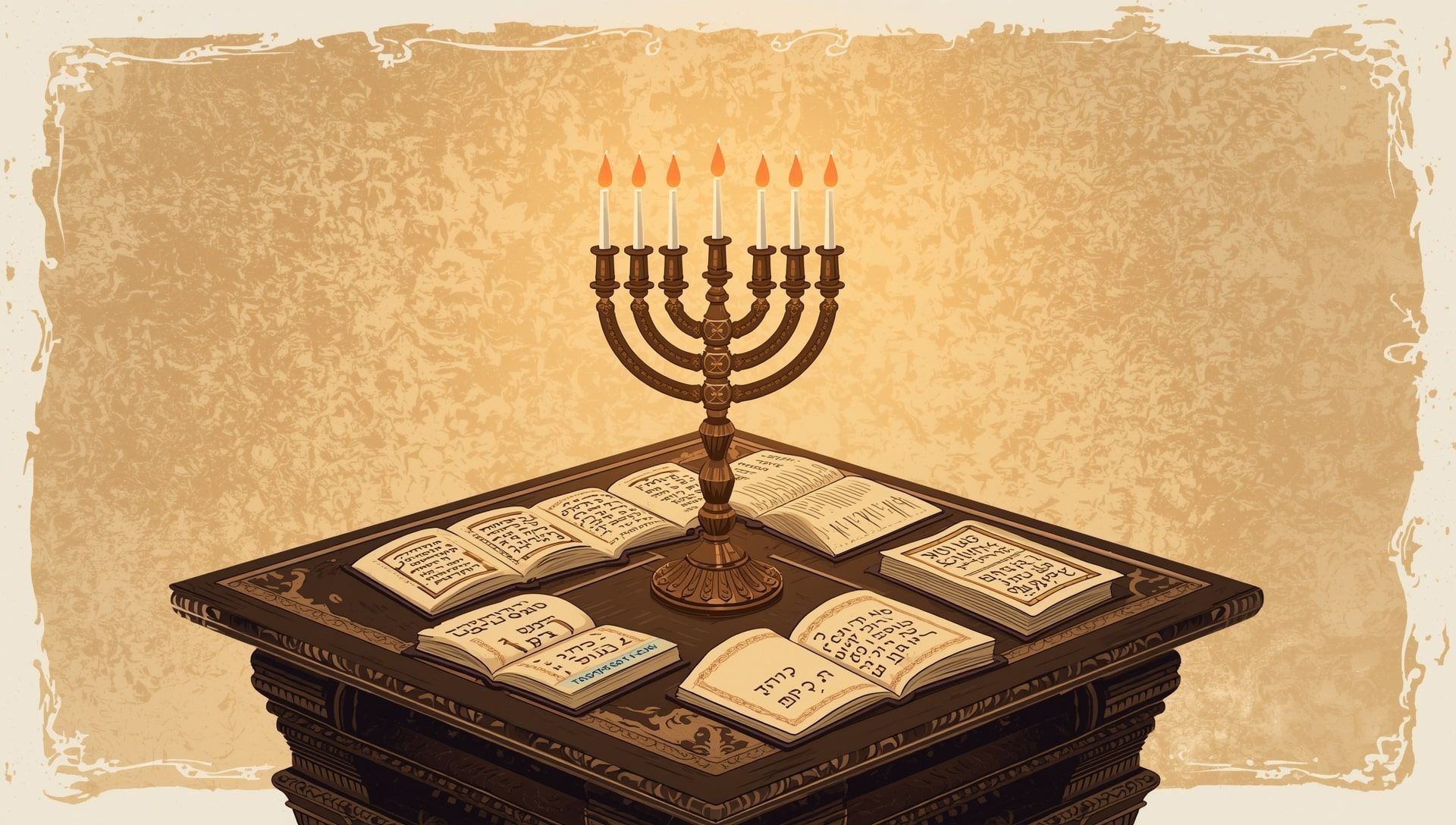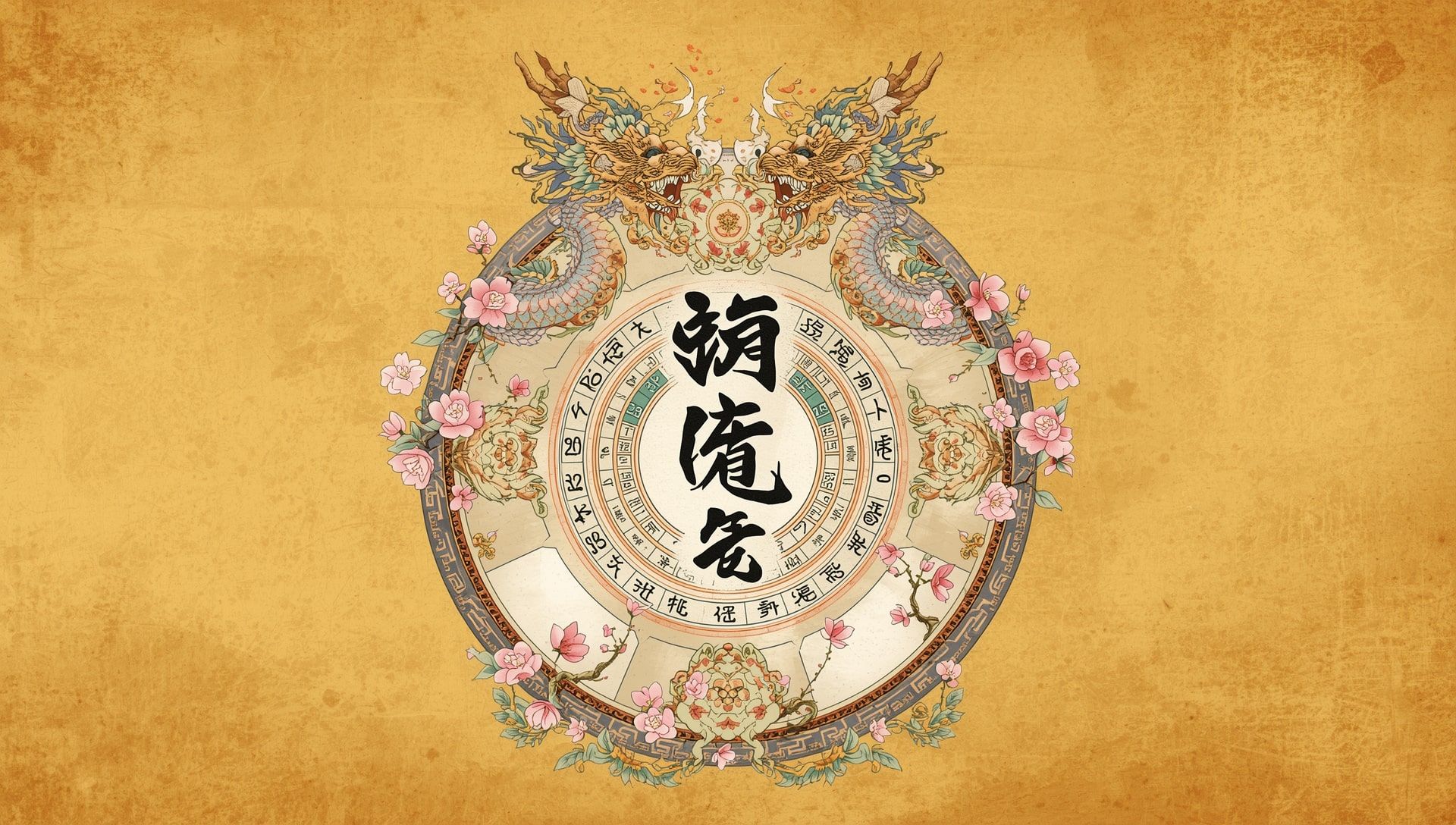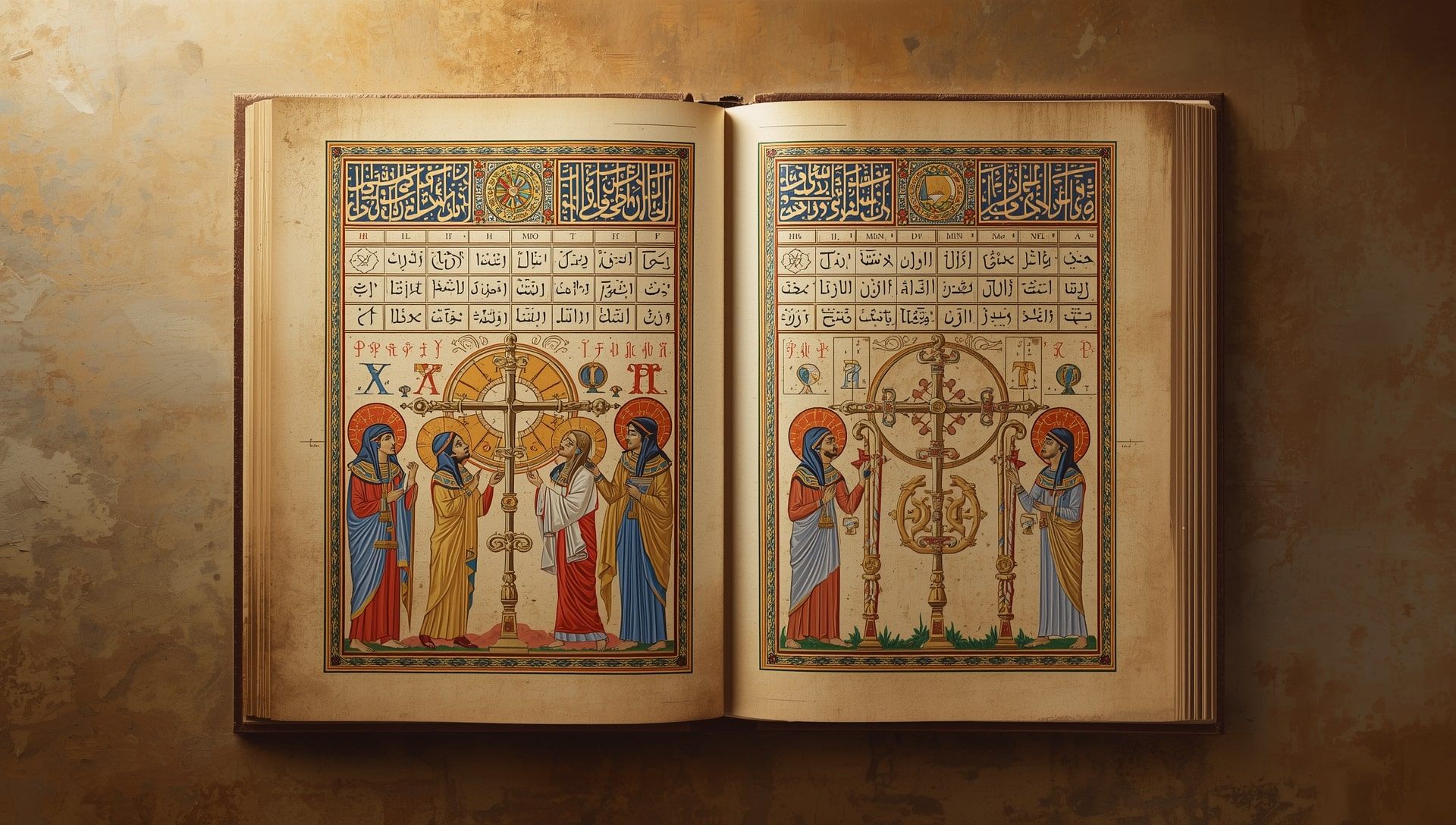The Hindu calendar is more than just a way to mark time. It is a rhythm, a pulse, and a philosophy woven into the lives of millions. Time, in this tradition, is not linear but cyclical. Seasons return, stars shift, and festivals align with cosmic balance. It’s a living system that has guided rituals, farming, and social life for thousands of years.
The Ancient Concept of Time
In Hindu thought, time is endless. It moves in cycles called kalpas, each containing ages or yugas. These cycles represent creation, preservation, and dissolution. Time isn’t an arrow heading toward an end, it’s a wheel that turns forever. This idea flows into the calendar, where each month and year reflect cosmic order, much like the Julian calendar once structured Roman life.
The calendar itself is not a single uniform system. India’s regions use variations like the Vikram Samvat, Shaka Samvat, and Tamil calendar. Yet, all share the same cosmic base: a synchronization of the Sun, Moon, and Earth’s rhythms, similar in spirit to how the Chinese calendar integrates astronomy and culture.
The Dual Core: Solar and Lunar Time
The Hindu calendar is lunisolar. It measures months by the Moon’s phases and years by the Sun’s movement through the zodiac. A lunar month has about 29.5 days, while a solar year is around 365 days. To align the two, an extra month, known as Adhika Masa, is inserted roughly every 32.5 months. This keeps festivals aligned with their proper seasons, maintaining accuracy much like adjustments seen in leap years.
- Solar time determines the seasons and agricultural cycles.
- Lunar time governs rituals, fasting days, and festivals.
- Adhika Masa acts as a cosmic correction tool, syncing heaven and earth.
- ✅ One lunar month = one full Moon to the next.
- ✅ Twelve lunar months = about 354 days.
- ✅ The Sun’s path adds an extra 11 days each year.
- ✅ Hence, an extra month balances it all every 2.7 years.
The Months and Their Meaning
Each month in the Hindu calendar starts with a new Moon and is divided into two halves: the bright half (Shukla Paksha) and the dark half (Krishna Paksha). Festivals usually occur during the bright phase, when the Moon grows. The names of months come from constellations the Moon visits during that cycle, a method that resonates with ancient systems like the Babylonian calendar.
| Month | Approx. Western Equivalent | Significance |
|---|---|---|
| Chaitra | March-April | Start of the Hindu New Year |
| Vaishakha | April-May | Harvest celebrations, Buddha Purnima |
| Jyeshtha | May-June | Peak summer, water rituals |
| Ashadha | June-July | Monsoon prayers begin |
| Shravana | July-August | Month of Shiva devotion |
| Bhadrapada | August-September | Ganesha Chaturthi festival |
| Ashwin | September-October | Navaratri, Dussehra |
| Kartika | October-November | Diwali, the festival of lights |
| Margashirsha | November-December | Ritual purity and charity |
| Pausha | December-January | Winter fasting and prayer |
| Magha | January-February | Holy baths in rivers |
| Phalguna | February-March | Holi, the festival of colors |
Festivals Aligned With the Cosmos
Each festival in the Hindu calendar corresponds with a cosmic event or seasonal change. The new Moon and full Moon days hold special value. Solar transitions, called Sankranti, also mark major celebrations. Here are some examples of how cosmic movements shape human celebrations:
- Makar Sankranti: Marks the Sun’s entry into Capricorn, symbolizing longer days and harvest joy.
- Diwali: Aligns with the new Moon in Kartika, symbolizing inner light amid darkness.
- Raksha Bandhan: Occurs during the full Moon of Shravana, celebrating sibling bonds.
- Holi: The full Moon of Phalguna, celebrating the end of winter and arrival of spring.
- Navaratri: Spans nine nights during Ashwin’s bright phase, honoring feminine divinity.
The Five Pillars of Hindu Time
The daily and yearly cycles rely on five key elements, called the Panchanga. These form the foundation of Hindu timekeeping and are closely related to how time zones segment global hours today.
🕉️ Tithi: The lunar day, based on the Moon’s angle with the Sun.
🌞 Vara: The weekday, ruled by one of seven planetary deities.
🌙 Nakshatra: The constellation where the Moon resides.
🔥 Yoga: The relationship between the Sun and Moon’s motion.
💧 Karana: Half of a lunar day, used to fine-tune auspicious timings.
Why the Calendar Feels Alive
Unlike static calendars that simply count days, the Hindu system feels alive because it mirrors the cosmos. Every lunar phase, planetary shift, and solstice connects human action with celestial movement. Farmers use it to predict rain, priests to fix rituals, and families to plan celebrations, echoing natural harmony observed in seasonal weather cycles.
It’s also deeply regional. For instance, Kerala follows the solar-based Malayalam calendar, while North India mostly observes the Vikram Samvat. Despite these variations, the spirit remains: aligning life with cosmic rhythm, much like how time zone maps help align daily life globally.
Cosmic Time and Human Life
In the Hindu view, every moment has quality, not just quantity. Some hours are bright with promise; others are quiet and reflective. The Muhurta system divides the day into 30 equal segments, each suited for specific acts. Marriage, travel, and worship all depend on these sacred windows of time, similar to selecting precise hours in an event planner.
The Calendar at a Glance
| Aspect | Description |
|---|---|
| Type | Lunisolar, blending solar year and lunar month |
| Base of Calculation | Movements of Sun and Moon |
| Year Start | Chaitra month, around March–April |
| Number of Months | 12 (plus Adhika Masa every 2.7 years) |
| Festival Marker | Moon phases and solar transitions |
| Philosophy | Time as a cycle of creation and renewal |
| Major Regional Versions | Vikram Samvat, Shaka Samvat, Tamil, Malayalam |
| Purpose | Religious, agricultural, and social alignment |
| Connection to Nature | Deeply seasonal, guiding farming and fasting |
The Ongoing Dance of Time
The Hindu calendar is not a relic of the past. It continues to evolve with astronomical accuracy and cultural devotion. Each sunrise and full Moon is a reminder that time is sacred. This ancient system ties human life to the vast theater of the cosmos, where every moment holds meaning, rhythm, and grace. It invites reflection on how we live within time, not outside of it, just as all global systems of keeping time, from military time zones to digital planners, aim to connect human order with universal flow.

